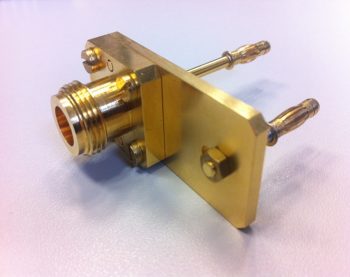Produzione di strumenti di misura
Precision current resistors
Precision current resistors are used to measure alternating current in the range from 1 mA to 100 A at frequencies from 10 Hz to 100 kHz. The best measurement uncertainty that can be achieved with the method of measuring the AC-DC difference is of the size class 5 μA / A, and when measuring the current by the U-I method (measuring the voltage drop across a known resistor) of the size class 30 μA / A. In addition to current resistors, we also manufacture current T-cells up to 100 A and all the necessary connecting cables and passages.
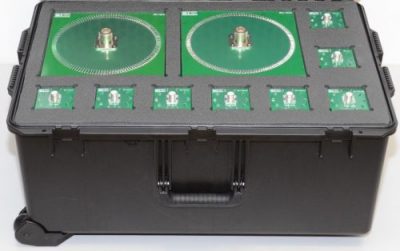
Pre-resistors for measuring AC-DC difference
Voltage pre-resistors are used to adjust the AC voltage to the input voltage of the thermal converter (1 V). A series of nine pre-resistors together with thermal converters enable precise measurement of alternating voltage by the method of alternating-direct difference in the range from 0.5 V to 1000 V at frequencies from 10 Hz to 1 MHz. The best measurement uncertainty that can be achieved in this way is of the size class 5 μV / V. For voltages from 1 mV to 500 mV, resistive voltage dividers 10: 1 and 100: 1 are used.
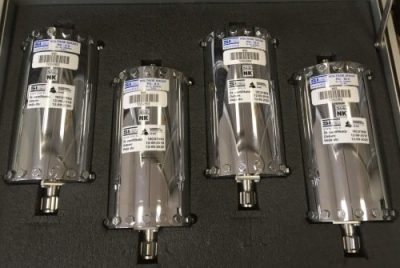
Hammon's resistance
Hammon resistors are used to accurately measure high resistances up to 100 MΩ using the so-called transfer method.
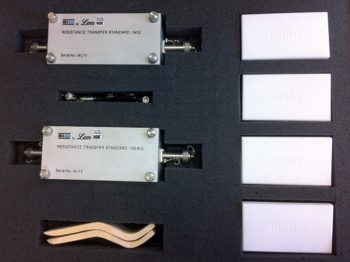
Other low-frequency measuring equipment on request
- Measuring circuits for leakage currents
- Precise fixed resistors
- Power resistors
- Special resistance decades
- Measuring adapters
- Measuring cables
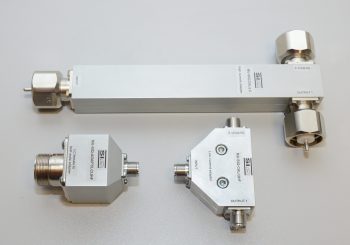
Jig for absorption clamps
A key parameter in the calibration of absorption clamps according to CISPR 16-1-3 is the CF factor (Clamp Factor), which can be calibrated by the original or JIG method. In the calibration laboratory, we developed a calibration clamp that is used to calibrate the CF parameter according to the JIG method. In addition, the clamp also allows the calibration of the DF parameter (“Decoupling Factor”).
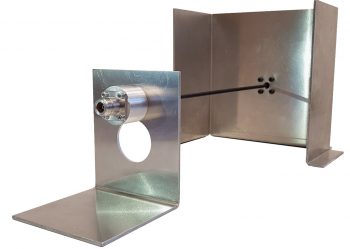
Adapter for EMC measurements
Calibration of the artificial network according to the CISPR 16-1-2 standard envisages the measurement of the input impedance in terms of magnitude and phase up to 30 MHz. Phase measurement is very problematic due to the transition from the bifilar line on the measured device to a vector circuit analyzer having a coaxial input. To ensure the correct results of the complex impedance, it was necessary to exactly define the influence of the adapter used. As part of the international EMC project, we developed a dedicated adapter with known material-geometric and electrical properties. The use of an adapter ensures correct and traceable measurements of the input impedance of the artificial network.
